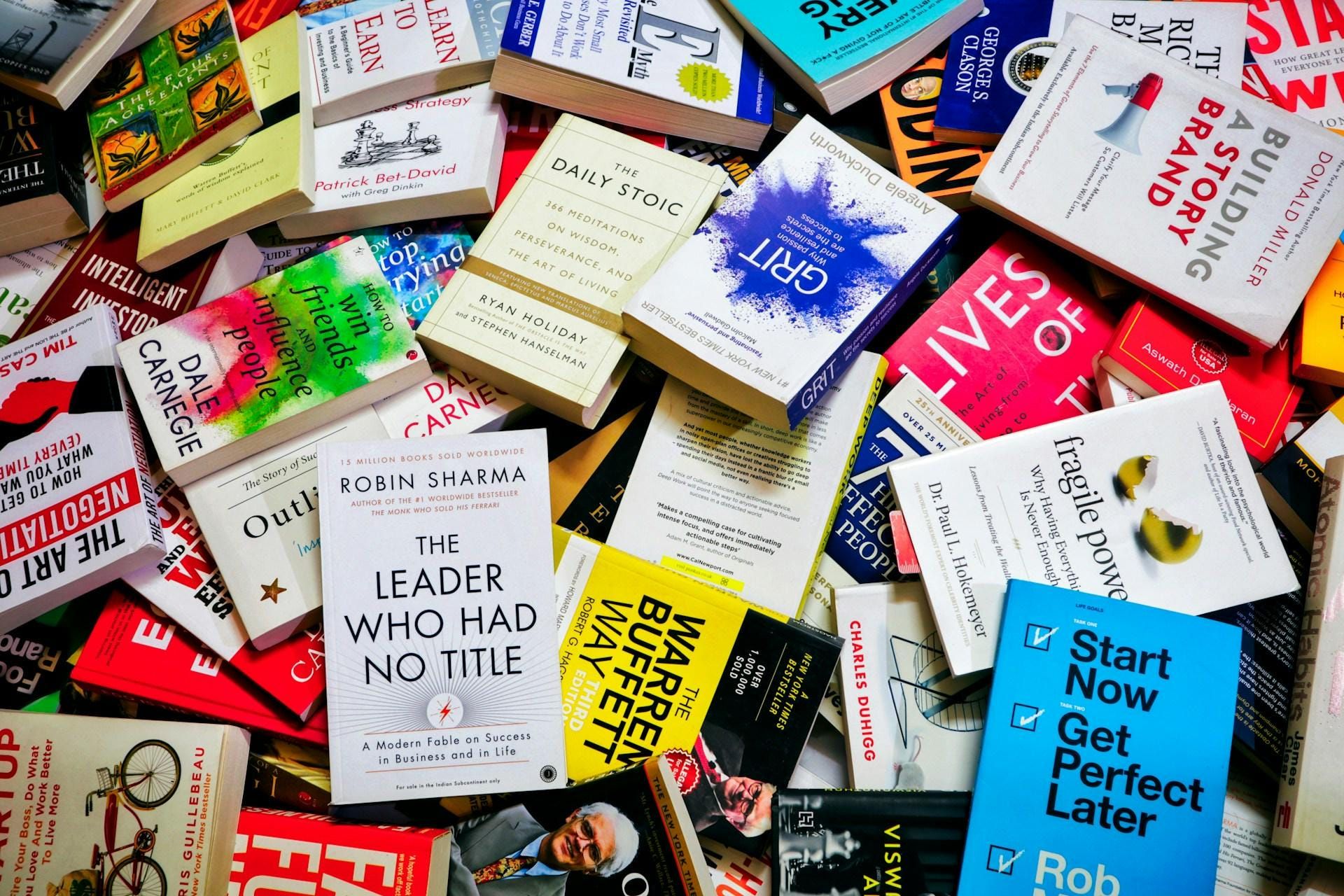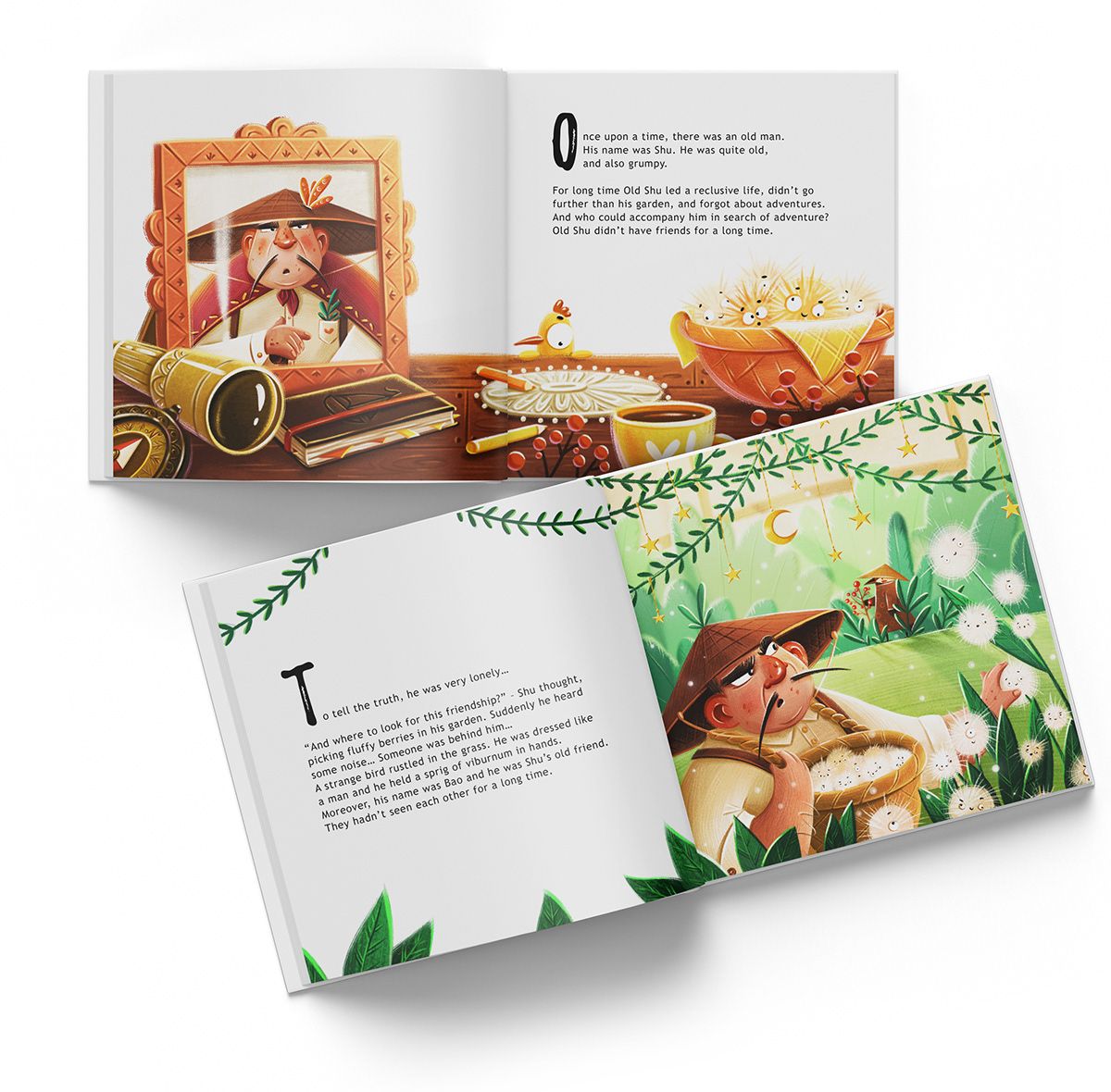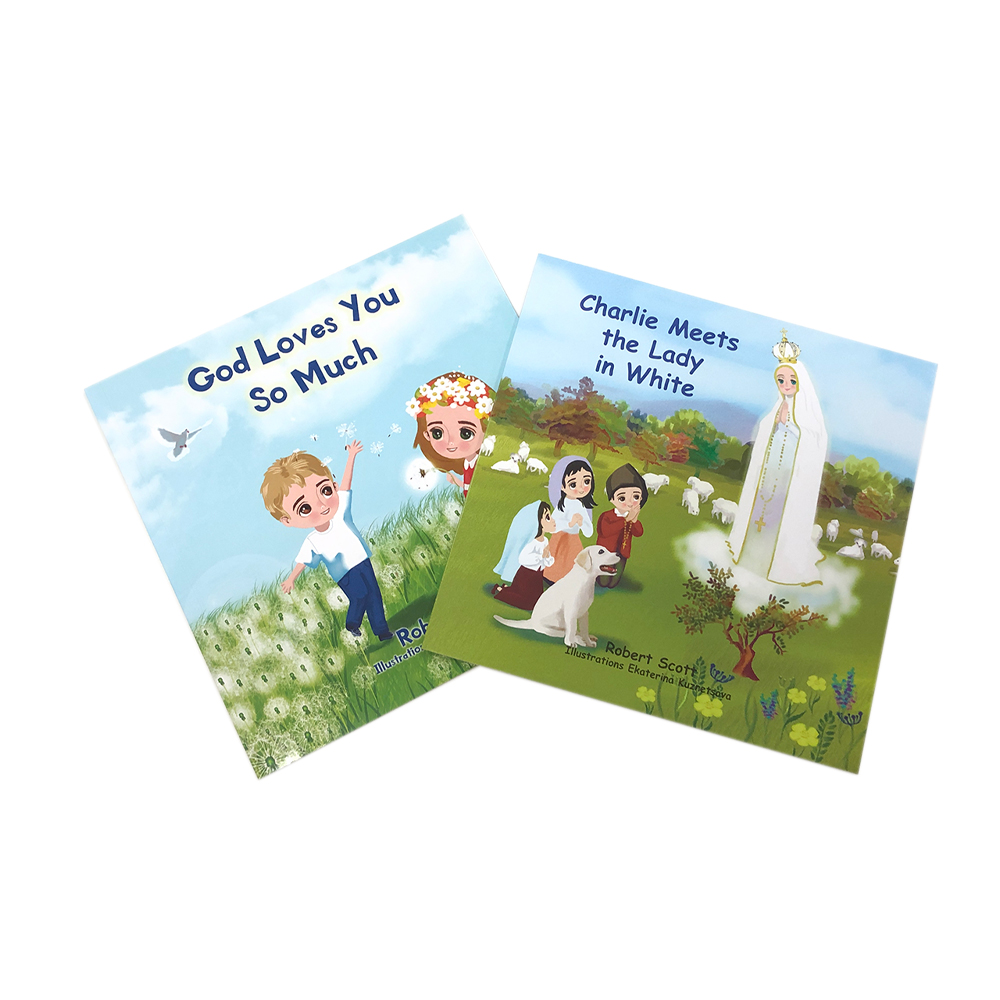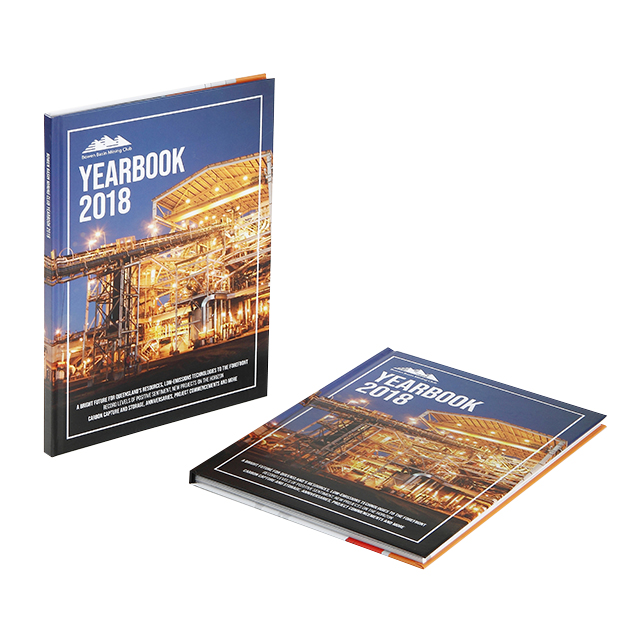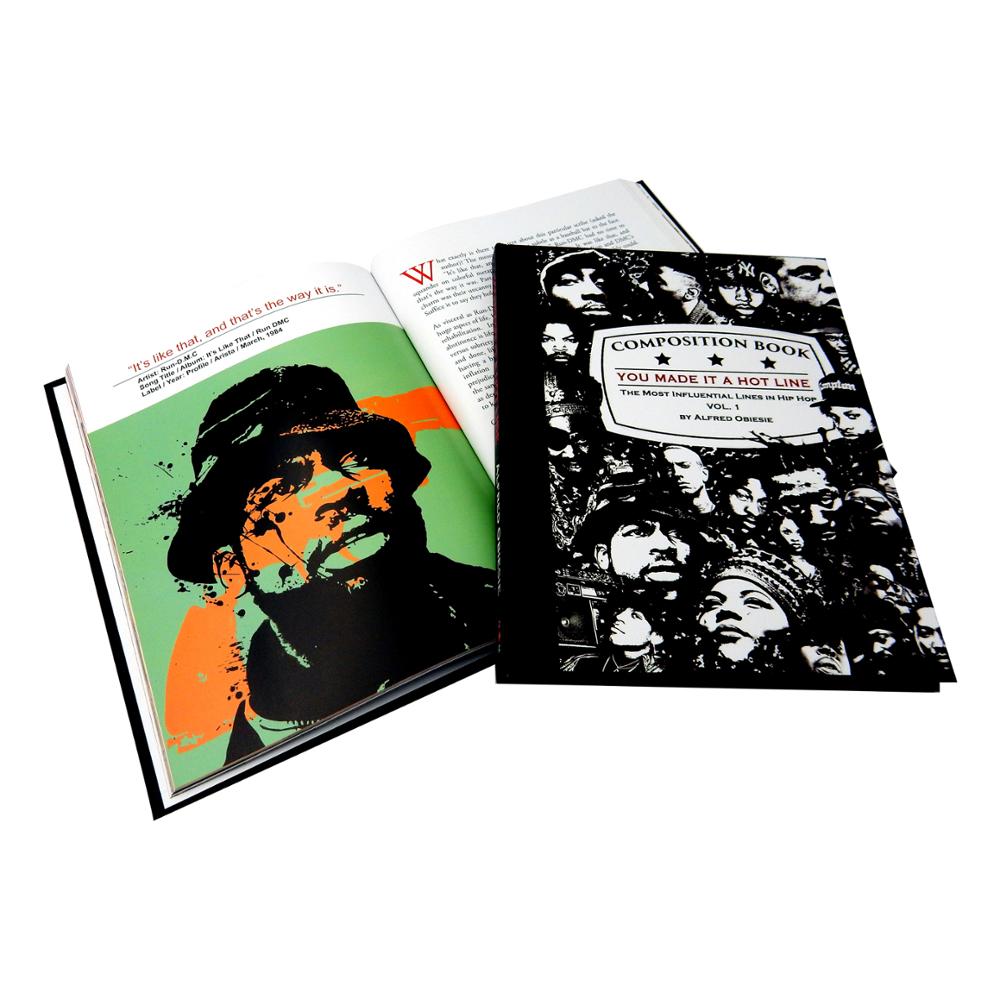児童書を印刷するにはどれくらいの費用がかかりますか?
32 ページの児童書の執筆とイラスト作成に心血を注いだあなたは、今、それが印刷物として実現するのを心待ちにしています。書籍印刷工場として、私たちはあなたの夢のプロジェクトを制作するためのコストに関する興奮と好奇心を理解しています。このガイドは、オンデマンド印刷または一括オフセット印刷を検討しているかどうかに関係なく、2024 年にフルカラーの 32 ページの児童書を印刷するのにかかる正確なコストを分類することを目的としています。
また、印刷費用を最小限に抑えながら高品質の出力を維持し、読者にとって本が手頃な価格であり、著者であるあなたにとって利益のある本であることを確認する方法についての貴重な洞察も共有します。私たちは、作家を目指すすべての人が自分の作品が印刷されるのを見る権利があると信じており、それにかかる費用を理解することがその夢を実現するための第一歩です。
目次
1. 印刷方法: オンデマンド印刷とオフセット印刷
書籍印刷工場として、私たちは自費出版者が使用する 2 つの主な印刷方法、オンデマンド印刷 (POD) とオフセット印刷についてよく質問を受けます。これらの違いを分析して、ニーズに最適な方法を決定するお手伝いをします。
オンデマンド印刷(POD)
POD は、独立系著者に人気のオプションです。注文があった場合にのみ本を印刷できるため、事前に大量印刷に投資する必要がありません。POD は財務リスクを軽減しますが、オフセット印刷に比べて 1 冊あたりのコストが高くなることがよくあります。
よく知られている POD サービス プロバイダーには次のようなものがあります。
Amazon KDP 印刷
イングラムスパーク
ルル
標準的な 8.5 インチ x 8.5 インチ、32 ページの児童書の場合、おおよそのコストは次のとおりです。
50部: 1冊あたり$5.87
100部: 1冊あたり$4.41
250部: 1冊あたり$3.99
これらのコストは、フルカラー印刷のハードカバー版とペーパーバック版の両方で、一般的な POD サービスでは概ね同程度です。追加費用として、配送料、著者コピー、該当する税金などが含まれる場合があることに留意してください。
POD は、始めたばかりの場合や保管スペースが限られている場合に特に便利です。必要に応じて印刷できる柔軟性により、大量の在庫を持たずに市場をテストできるため、多くの初心者著者にとって好ましい選択肢となっています。
オフセット印刷
一方、オフセット印刷では、大型印刷機を使用して大量の本を印刷します。この方法では、初期投資は大きくなりますが、印刷部数が増えるほど、1 部あたりのコストは低くなります。
主なオフセット印刷機には以下のものがあります。
ブロダートブックス
マクノートン&ガン
バンプリンティング
32 ページの児童書の場合、推定コストは次のとおりです。
250部: 1冊あたり$5.52
500部: 1冊あたり$3.97
1,000部: 1冊あたり$2.86
2,500部: 1冊あたり$2.05
オフセット印刷には通常、米国本土内での送料が無料ですが、著者のコピー、保管、米国外への配送には追加料金がかかる場合があります。オフセット印刷は、量が多いほど 1 部あたりのコストが非常に安くなるため、定評のある著者や明確な配布計画を持つ著者にとって最適な選択肢となることがよくあります。
重要なポイント
POD 印刷は、新しい著者が試行錯誤するのに適したオプションです。ただし、オフセット印刷は大量印刷の場合、1 単位あたりのコストが大幅に低いため、利益率を最大化したい経験豊富な著者に適しています。POD 印刷とオフセット印刷のどちらを選択するかは、最終的には目標、予算、および販売見込みによって決まります。
2. 印刷コストに影響を与える要因
オンデマンド印刷とオフセット印刷のどちらを選択するかにかかわらず、本の印刷にかかる総コストはいくつかの要素によって決まります。ここでは、印刷費用に影響を与える主な要素について説明します。
ページ数
本のページ数は、全体的な制作コストに直接影響します。ページ数が増えると、必要な紙、インク、製本材料が増え、費用が高くなります。最大 48 ページの本は、1 枚の大きな印刷用紙に印刷できるため、コストの最適化に役立ちます。ただし、48 ページを超えると、1 冊につき 2 枚の印刷用紙が必要になる場合があり、制作コストが増加します。
編集プロセスでは、本の長さを慎重に検討することが重要です。本が短いほど制作コストは低くなりますが、読者にとってストーリーが完結し、魅力的に感じられるようにすることも重要です。
カラー vs. 白黒
本をフルカラーで印刷すると、白黒で印刷するよりもコストがかかります。フルカラーの本では、鮮やかな画像を実現するために 4 回のインク パス (シアン、マゼンタ、イエロー、ブラック) が必要です。このプロセスには時間がかかり、必要な材料も多くなるため、コストが増加します。ただし、本にイラストが多い場合は、望ましい視覚効果を実現するためにフルカラー印刷が不可欠な場合があります。
絵がストーリーにそれほど重要ではない、年長児向けの本では、白黒の中身がよい選択肢となる場合があります。しかし、年少の読者にとっては、フルカラー印刷の鮮やかな色彩の方が魅力的で、興味をそそられることが多いです。
ハードカバーとペーパーバック
ハードカバーの本は、厚い表紙、背表紙の素材、耐久性のある硬い表紙を作成するための追加の労力などにより、ペーパーバックよりも高価になる傾向があります。ハードカバーの本は高級感がありますが、予算を重視する著者にとっては、ペーパーバックの方がコスト効率の良い選択肢となる場合があります。
ハードカバーは、贈り物として贈ったり、子供の記念品のように長期間保管する可能性のある本には、より良い選択肢とみなされることが多いです。一方、ペーパーバックは軽くて扱いやすく、複数の本を購入したい親にとって一般的に手頃な価格です。
トリムサイズ
本のサイズも印刷コストに影響します。8.5 x 8.5 インチなどの標準トリム サイズは、印刷用紙に効率的に印刷できるため、無駄が減り、コスト効率が高くなります。一方、特大サイズの本では、より大きな用紙とより多くのインクが必要になるため、コストが高くなります。
標準のトリム サイズを選択すると、書店や図書館で使用されている棚や陳列の標準に適合するため、本を小売店や流通チャネルに適合させることができます。
特殊印刷オプション
スポット UV コーティング、箔押し、エンボス加工などの特殊機能を追加すると、本を目立たせることができますが、生産コストも増加します。これらのオプションには追加の材料と生産時間が必要になるため、著者にとってはより高価な選択肢になります。
特別なオプションは、あなたの本にユニークで目を引く要素を加えることができますが、コストと潜在的なメリットを比較検討することが重要です。これらの機能がより多くの購入者を引き付けるか、または追加費用を正当化するほど読書体験を向上させる可能性があるかどうかを検討してください。
3. 印刷コストを削減するためのプロのヒント
32 ページの児童書の印刷コストを削減するのに役立つ実用的なヒントをいくつか紹介します。
プリンター料金を比較する
印刷会社によって価格が大きく異なる場合があるため、複数の業者に見積もりを依頼するのが賢明です。また、国内の印刷会社と海外のサプライヤーのどちらと仕事をするかも検討してください。海外の印刷サービスは人件費が低いかもしれませんが、通常、リードタイムが長くなります。
料金を比較する際は、配送料や保管料などの追加料金についても確認し、かかる費用の全体像を把握するようにしてください。また、提供される顧客サービスのレベルも考慮してください。対応が迅速で丁寧な印刷業者と協力すれば、プロセス全体がスムーズになります。
最適なページ数を設定する
可能であれば、本を 16、24、または 32 ページに収めるように編集してください。これらの数字は印刷機のシートのサイズに適しており、無駄を最小限に抑えてコストを削減できます。ストーリーにさらに多くのページが必要な場合は、48 ページまたは 64 ページ未満を目指してください。これにより、使用する印刷機のシートが 1 枚少なくなり、制作コストを削減できます。
経験豊富な編集者と協力することで、ストーリーを犠牲にすることなく、本を最適なページ数に合理化することができます。編集者は、コンテンツを凝縮できる領域を特定し、本が魅力的でありながら印刷コスト効率がよい状態を保つように支援します。
白黒印刷を検討する
すべてのページにフルカラーのイラストが必須でない場合は、白黒ページとスポットカラーを組み合わせて使用することを検討してください。この方法により、魅力的な本を作成しながらも、印刷コストを大幅に削減できます。
スポット カラーを使用すると、フルカラー印刷にかかる高額なコストをかけずに、章の冒頭や特定のイラストなどの重要なページに視覚的な興味を加えることができます。この戦略は、ストーリーテリングと教育コンテンツを組み合わせた本に特に役立ちます。
事前にコピーを追加印刷する
最初は少量印刷したくなるかもしれませんが、少なくとも 250 部印刷すれば、1 冊あたりのコストを大幅に削減できます。印刷する本の数が増えるほど、1 冊あたりの製造コストは低くなります。
予算と保管容量に余裕がある場合は、事前に大量に印刷することで大幅なコスト削減につながります。さらに、手元に余分なコピーを用意しておけば、休日やプロモーション イベントなどの需要の急増にも迅速に対応できます。
著者の作品をまとめて購入する
著者用コピーを注文する際は、利用可能な割引を利用するためにまとめ買いを検討してください。多くの印刷業者は、大量注文に対して割引料金を提供しているため、著者用コピーのコストを節約できます。
著者の本の大量購入は、サイン会、学校訪問、工芸品フェアなどのイベントにも役立ちます。直接販売できる本があれば、オンライン小売チャネルだけに頼る必要がなくなるため、収入を増やすことができます。
4. 収益性を考慮した適正な小売価格の設定
自費出版した 32 ページの児童書の小売価格を決めるのは難しい場合があります。市場で競争力があり、かつ利益が出る価格にする必要があります。通常、この長さの児童書は $10 ~ $25 の価格帯に該当します。
一般的な価格設定戦略
$9.99 または $10.99: これは予算に優しい魅力的な価格帯であり、多くの場合、売上増加に役立ちます。
$12.99これは、大衆向けの児童書の標準的な価格であり、親にとってお得な価格です。
$14.99これにより、あなたの本は子供向けの専門書として位置付けられ、より高い価値が認識され、利益率が向上します。
$19.99: ユニークなイラストや特別な機能を備えたインディーズ書籍に適したプレミアム価格です。祖父母などへの贈り物を購入する人にとっては手頃な価格であることが多いです。
印刷方法による価格設定
オンデマンド印刷の価格: 1 冊あたりのコストが高いため、POD 書籍の価格は通常 $14.99 以上です。これにより、販売ごとに妥当なロイヤリティを得ることができます。
オフセット印刷料金: 大量印刷することで、生産コストを 1 冊あたり $5 以下に抑えることができ、健全な利益率を維持しながら、$9.99 から $19.99 の間で本の価格を柔軟に設定できるようになります。
価格を設定するときは、ターゲット ユーザーを考慮することが重要です。予算の限られた家族向けの本であれば、価格を低く設定する方が魅力的かもしれません。一方、ハードカバーや特殊印刷オプションなどのプレミアム機能を備えた本であれば、価格を高く設定するのが適切かもしれません。
5. 低コスト印刷のためのまとめと行動ステップ
児童書の出版は、楽しい反面複雑なプロセスでもあります。さまざまな印刷方法に関連するコストを理解することは、情報に基づいた決定を下し、経費を管理するために不可欠です。
要約すると:
オンデマンド印刷 1 冊あたりのコストは高くなりますが、初期投資は少なくて済みます。中程度の数量の場合、1 冊あたり $4 程度のコストがかかります。
オフセット印刷 大量注文の場合、単価が低くなり、POD よりも 50% 安くなることがよくあります。
印刷コストに影響を与える主な要因には、ページ数、カラーオプション、トリムサイズ、製本タイプなどがあります。
小売価格 POD 書籍の価格は $14.99 から始まり、オフセット印刷書籍の場合はさらに安くなります。
次のステップは、複数の印刷会社に見積もりを依頼し、ファイルが印刷可能な状態であることを確認し、正確な価格を取得することです。提供されているヒントを使用して、可能な限りコストを削減し、収益性を確保できる合理的な小売価格を設定します。
お子様向けの本を世に送り出すことが成功することを祈っています。このガイドが、十分な情報に基づいた決定を下すために必要な洞察力を提供することを願っています。印刷プロセスを理解し、コストを管理するために費やした努力は、美しい印刷された本を手にしたときに報われることを忘れないでください。
よくある質問
1. POD 印刷とオフセット印刷のどちらを選べばいいですか?
出版業界に不慣れで、財務リスクを最小限に抑えたい場合は、POD が最初の選択肢として適しています。ただし、売上に自信があり、利益を最大化したい場合は、オフセット印刷の方が単位あたりのコストが低くなります。
2. 印刷会社を選ぶ際に考慮すべき要素は何ですか?
競争力のある価格、信頼できる品質、優れたカスタマー サービスを提供する会社を探してください。配送コスト、リード タイム、印刷準備サポートの提供の有無も考慮に入れることを忘れないでください。
3. 本の印刷には注意すべき隠れたコストがありますか?
はい、潜在的な隠れたコストには、配送料、保管料、UV コーティングやエンボス加工などの特殊印刷オプションの追加料金などがあります。すべてのコストを事前に把握できるように、必ず詳細な見積もりを依頼してください。
書籍印刷
新製品
最後のブログ
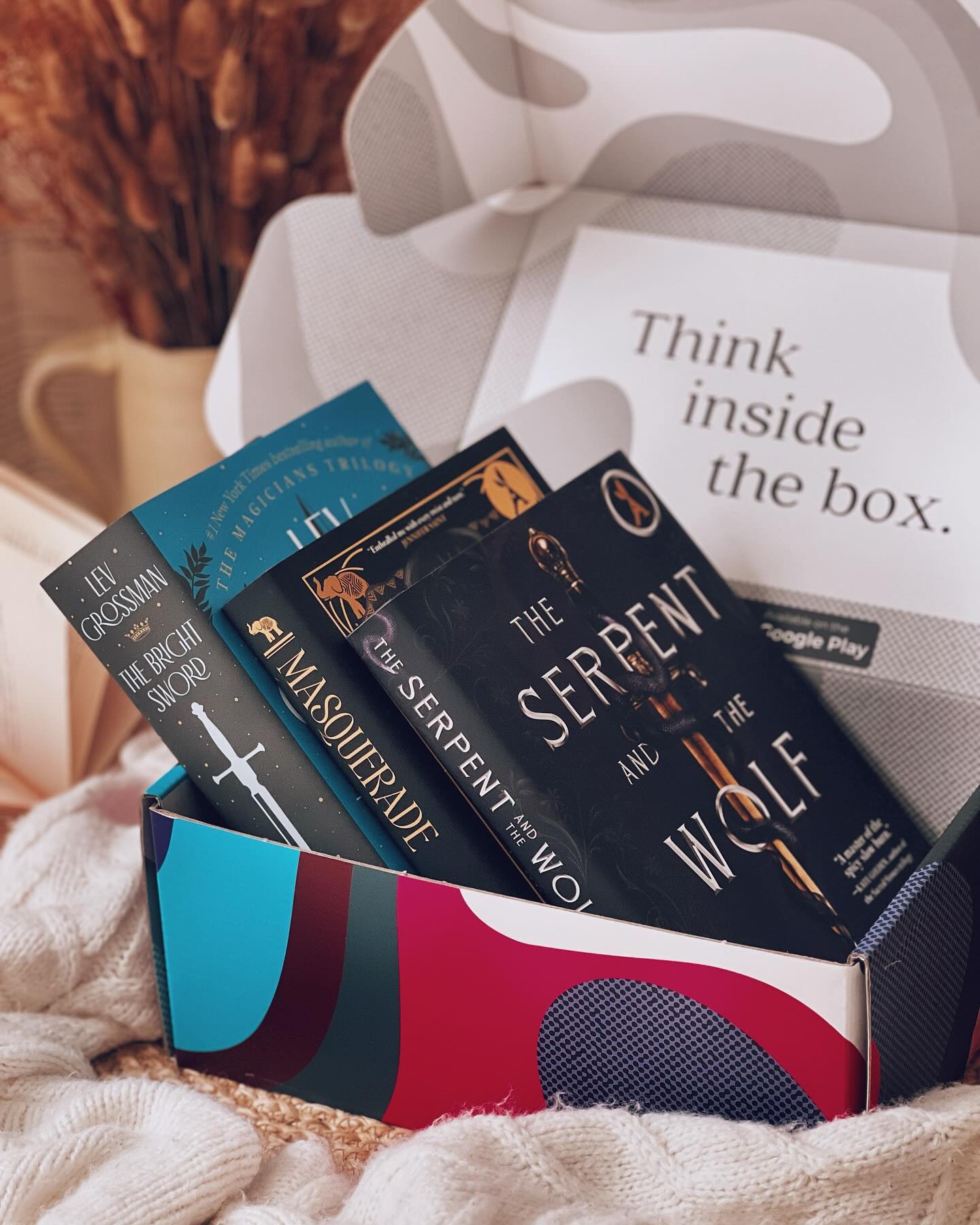
本を印刷するにはいくらかかりますか
本の印刷プロジェクトに着手するとき、著者や出版社が最初に直面する質問の1つは、「本を印刷するのにどれくらいの費用がかかるか」です。本の印刷費用は、本の種類、印刷部数、印刷コストなど、さまざまな要因によって大きく異なります。
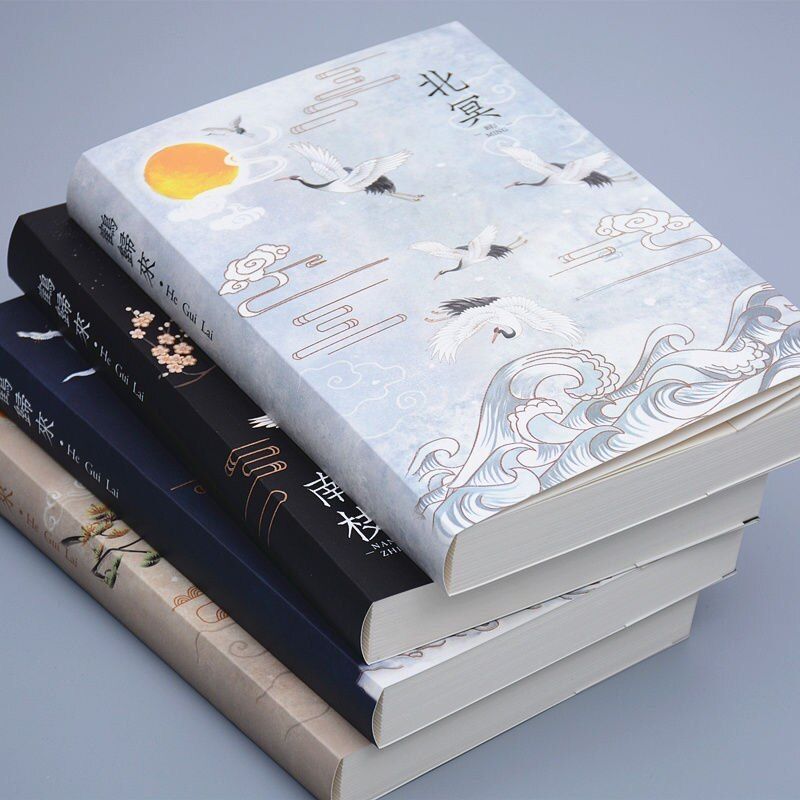
100 ページの本を印刷するにはどれくらいの費用がかかりますか?
本、特に100ページの本を印刷する場合、全体的なコストに影響を与えるさまざまな要素が関係します。自費出版を希望する著者、販促資料の印刷を希望する企業など、
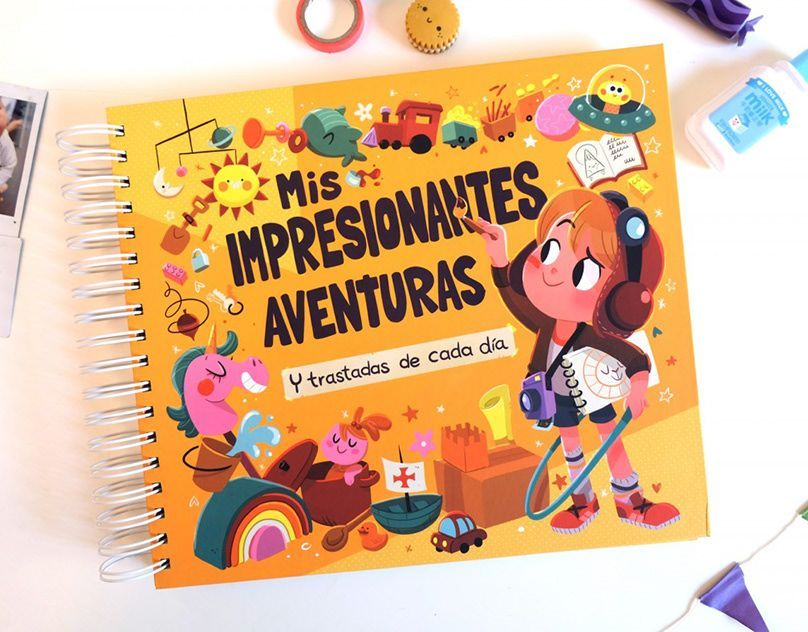
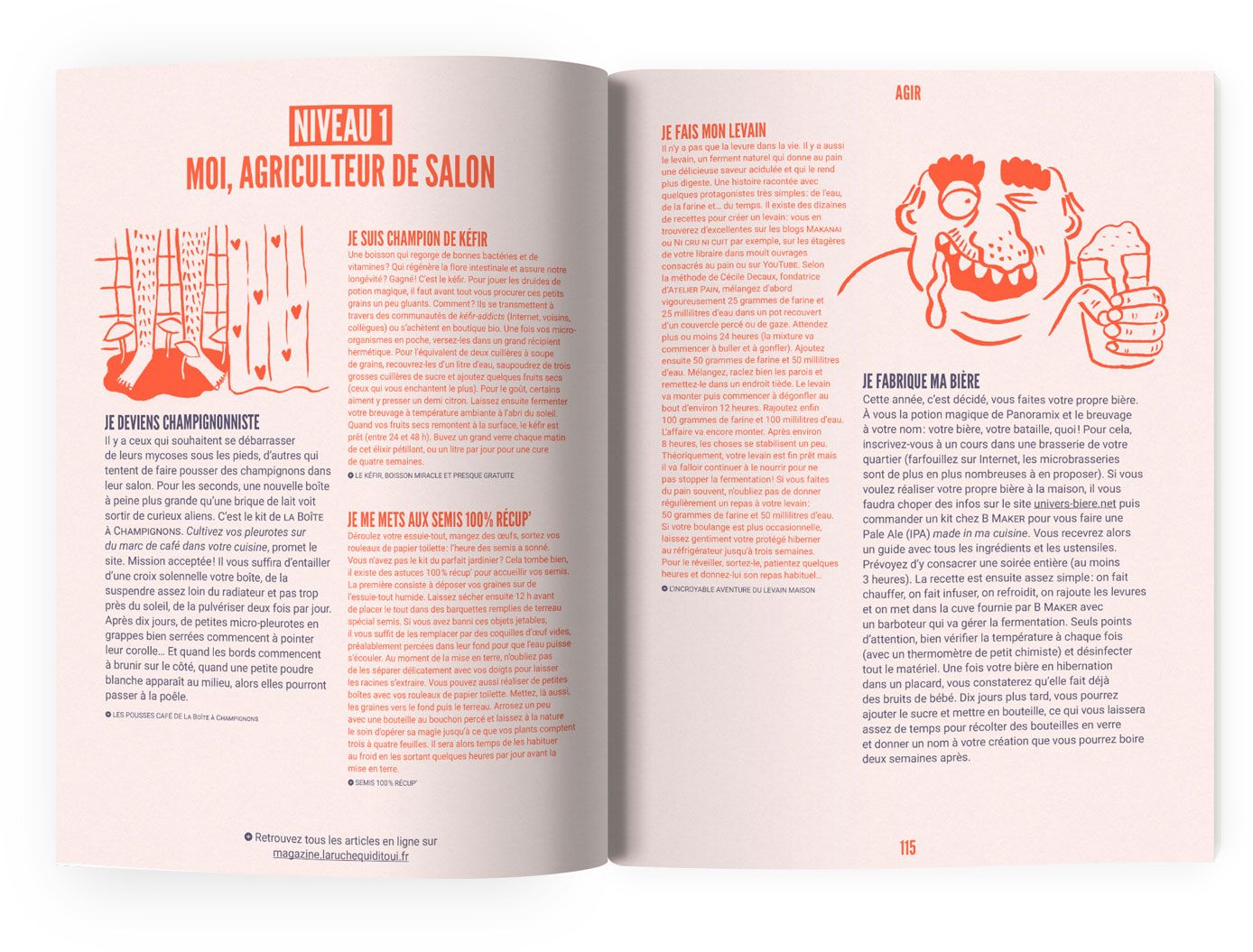
お問い合わせ
- +86 13946584521
- お問い合わせ
- 8:00 - 22:00(月 - 日)
タグ
コメント
関連ブログ
書籍印刷ビジネスにおける最新のトレンドと常識を見つけましょう。
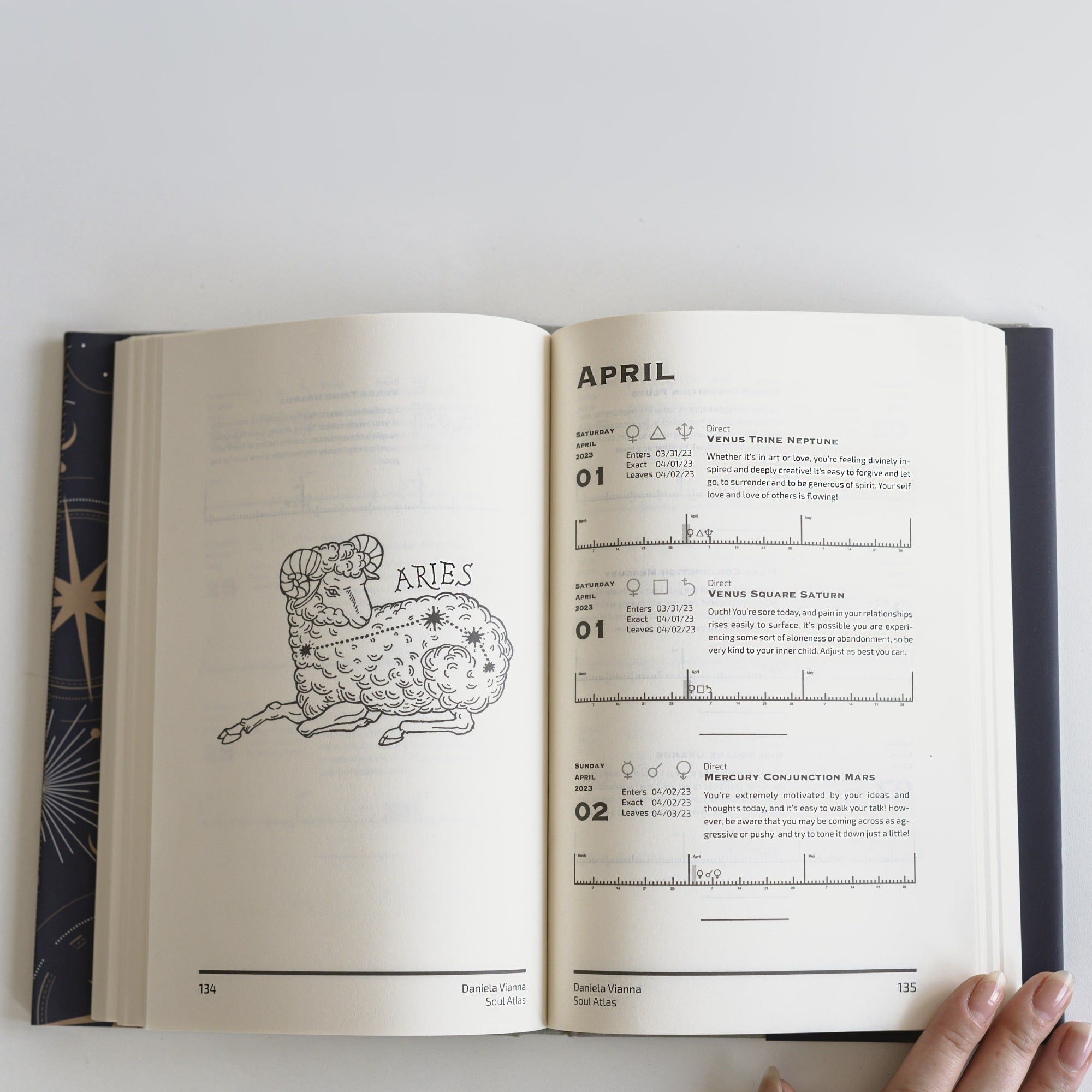
200 ページのペーパーバックの本を印刷するにはいくらかかりますか?
本の印刷は複雑でコストのかかるプロセスですが、著者、自費出版者、書籍制作業界の企業にとってはやりがいのある経験になる可能性があります。


本を印刷するにはどれくらいの費用がかかりますか?
自費出版は、創作から販売まで自分の作品をコントロールしたい作家やコンテンツクリエイターにとって、ますます理想的な選択肢になってきています。従来の出版とは異なり、
